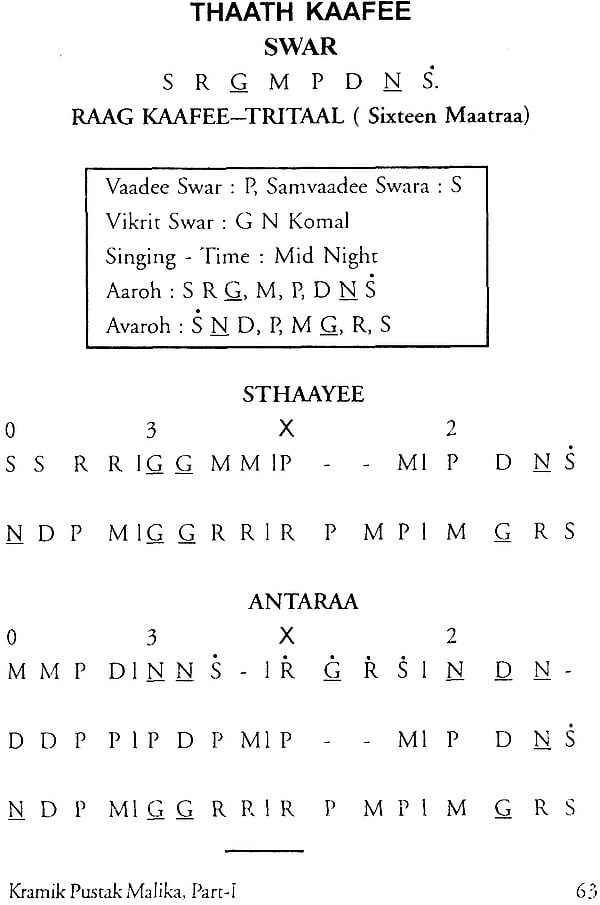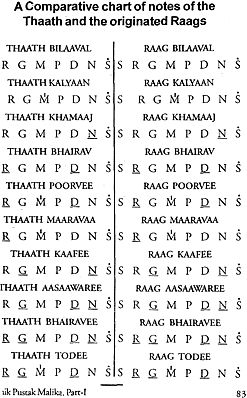

There are however a few musical texts which give us tantalising glimpses of the musical culture. Numerous musical forms have come and gone without leaving a trace. Unfortunately very large lacunae exist in our knowledge of the music of this period. This is an extraordinarily long period of time. It extends roughly from 321 BCE to the start of the Muslim influence in about 1206 CE. Mauryan Age to Start of Islamic Period – This is a very large period of Indian history. The age of these musical diacritical marks may mark the beginning of musical notation in South Asia. These questions are particularly germane to this web page. Were these marks adapted from earlier Brahmi? Did they arise at the same time as Devnagri? Were they added during some period after the adoption of Devnagri? Brahmi Script (Wikimedia Commons 2009) This brings up questions concerning the diacritical marks used to denote the musical pitch. Devnagri only dates to about the 1st-4th century CE. For a very long time, Sanskrit has been written in the Devnagri script but before this, the Brahmi script was used (see image below). There are numerous questions which come to mind. We are presenting both views without expressing any opinion. Opinions in this matter are often very strongly held, and discussions can become acrimonious. This is countered by another school of thought which has it that the raised note is the “ udatta“, the middle note is the “ anudatta“, while the lower note is the” swarita“. One school of thought has it that the raised note is the “ swarita“, the middle note is the “ udatta“, while the lower note is the “ anudatta“. Unfortunately there is a lack of agreement as to what these notes are called.

There is a upper note which is designated by a vertical line above it, there is a middle note which has no mark, and there is a lower pitched note which is designated by a horizontal line underneath it. The Rigveda, has a notation which revolves around three notes. An early reproduction of a Rigvedic Text (Welch 2018) The Rigveda and the Samveda are of particular interest to us from a musical standpoint.īelow is a pre-1890 Devnagri reproduction of section of the Rigveda (Welch 2018).

There are four Vedas: the Rigveda, the Yajurveda, the Samveda, and the Atharvaveda. The Vedas – The Vedic hymns are arguably the earliest examples of musical notation. Biblio., Disc., & Works Cited open child menu.Electronic Aids in Indian Music Education.


 0 kommentar(er)
0 kommentar(er)
